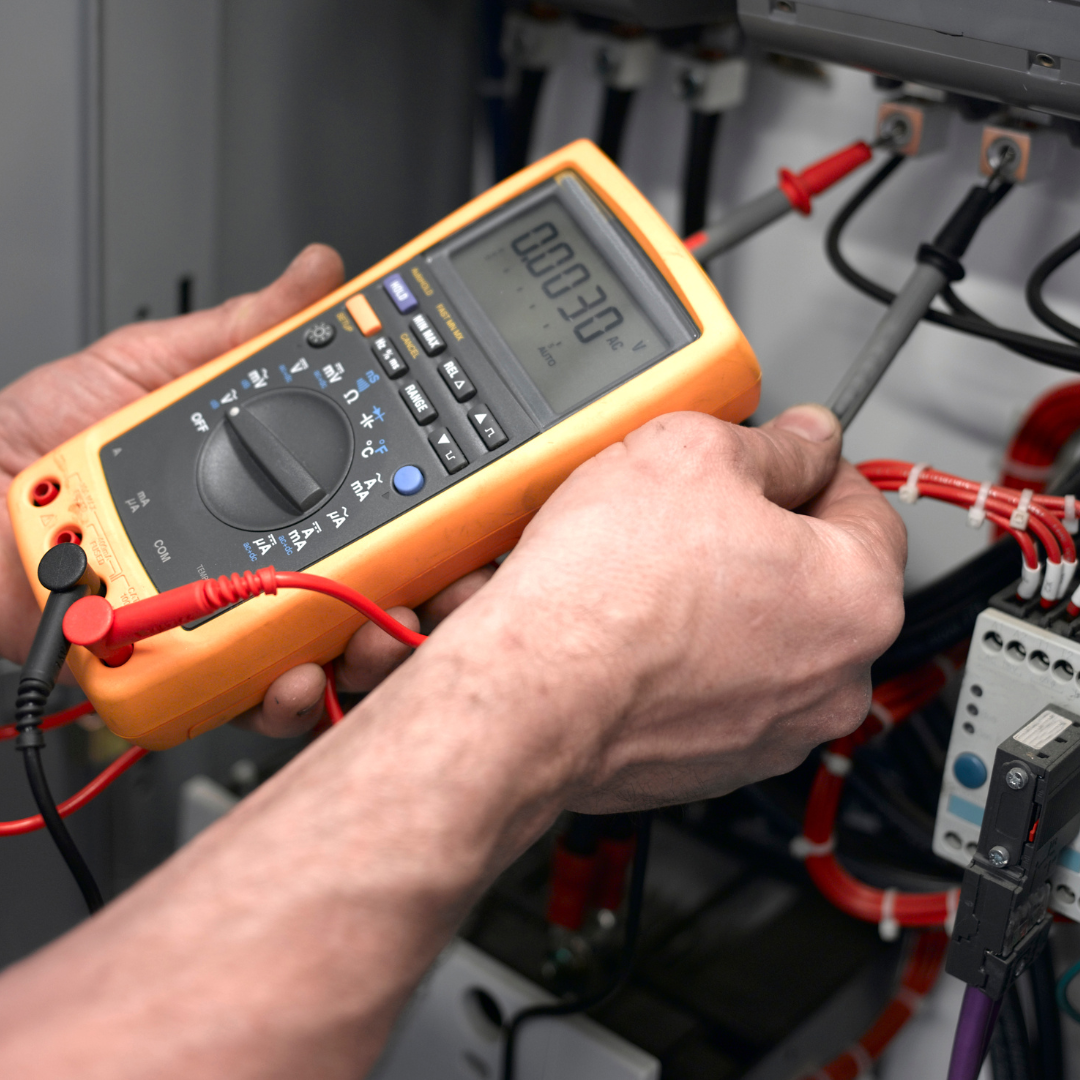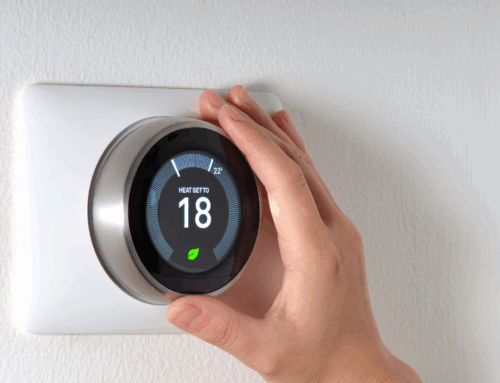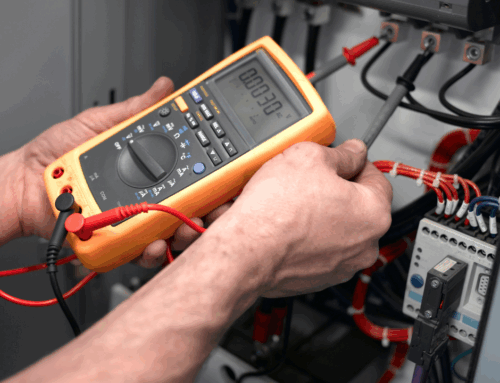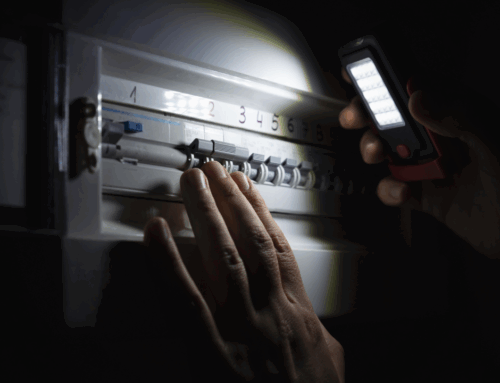An Electrical Installation Condition Report (EICR) is a crucial document that assesses the safety and condition of electrical installations in buildings. It is essential for landlords, business owners, and property managers to understand EICRs, as they play a vital role in ensuring safety and compliance with legal requirements.
What is an EICR?
An EICR is a formal report produced following an assessment of the electrical installations within a property. It examines the condition of wiring, circuits, and associated equipment to ensure they comply with current safety standards. The report identifies any faults or deficiencies, categorising them based on their severity. This allows property owners to take appropriate action to rectify issues, ensuring the safety of occupants.
Why Do You Need an EICR?
EICRs are essential for several reasons:
- Legal Compliance: In the UK, landlords are legally required to have EICRs conducted every five years for their rental properties. This ensures that electrical installations are safe and well-maintained.
- Safety: Regular EICRs help identify potential hazards such as faulty wiring, overloaded circuits, or deterioration of electrical components, thus protecting tenants and employees from electrical accidents.
- Insurance: Many insurance companies require a valid EICR to process claims related to electrical issues. Failing to have one may lead to claims being denied.
How Often Should You Get an EICR?
The frequency of EICR inspections depends on the type of property:
- Residential Properties: For rental properties, an EICR must be completed at least every five years or at the change of tenancy.
- Commercial Properties: The recommended interval for EICR inspections in commercial buildings is usually every three to five years, but this may vary depending on the usage and type of electrical installations.
- Special Considerations: Properties with higher risks, such as those using heavy machinery or extensive electrical equipment, may require more frequent inspections.
What Does the EICR Inspection Involve?
During an EICR inspection, a qualified electrician will carry out a comprehensive assessment of the electrical system, including:
- Visual Inspection: The electrician will examine the visible parts of the electrical system, checking for signs of damage, wear, or non-compliance with safety standards.
- Testing: Various tests will be conducted to assess the functionality and safety of the electrical installations. This may include testing for earth continuity, insulation resistance, and polarity.
- Documentation: The electrician will record their findings and any necessary recommendations for repairs or improvements. This documentation will form the basis of the EICR report.
Understanding the EICR Report
Once the inspection is complete, the electrician will provide a report detailing their findings. The report will include:
- C1 (Danger Present): Indicates an immediate danger requiring urgent attention.
- C2 (Potentially Dangerous): Highlights issues that could become dangerous if not addressed soon.
- C3 (Improvement Recommended): Identifies areas where improvements could enhance safety but do not pose an immediate risk.
What Happens After Receiving an EICR?
After receiving the EICR, property owners should take action based on the recommendations. If any C1 or C2 issues are identified, immediate remedial work is necessary to ensure the safety of the property. For C3 recommendations, it is advisable to address these to enhance the overall safety and efficiency of the electrical installations.
Understanding EICRs is essential for maintaining safe electrical systems in residential and commercial properties. Regular inspections not only ensure compliance with legal requirements but also protect occupants from potential hazards. By scheduling EICRs at the appropriate intervals and acting on the recommendations, property owners can create a safer environment while minimising the risk of electrical failures. Investing in regular electrical inspections is not just a legal obligation; it is a proactive approach to safeguarding lives and properties. Contact us for more information.







Leave A Comment